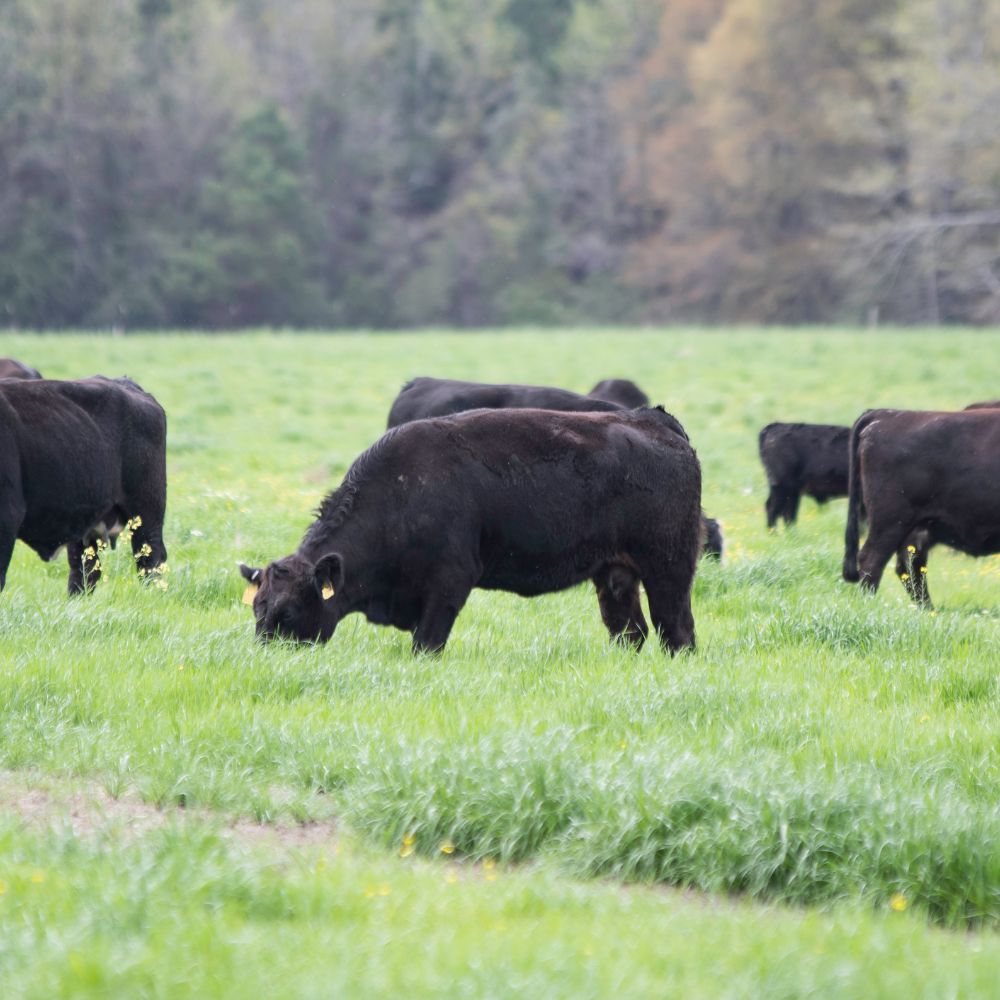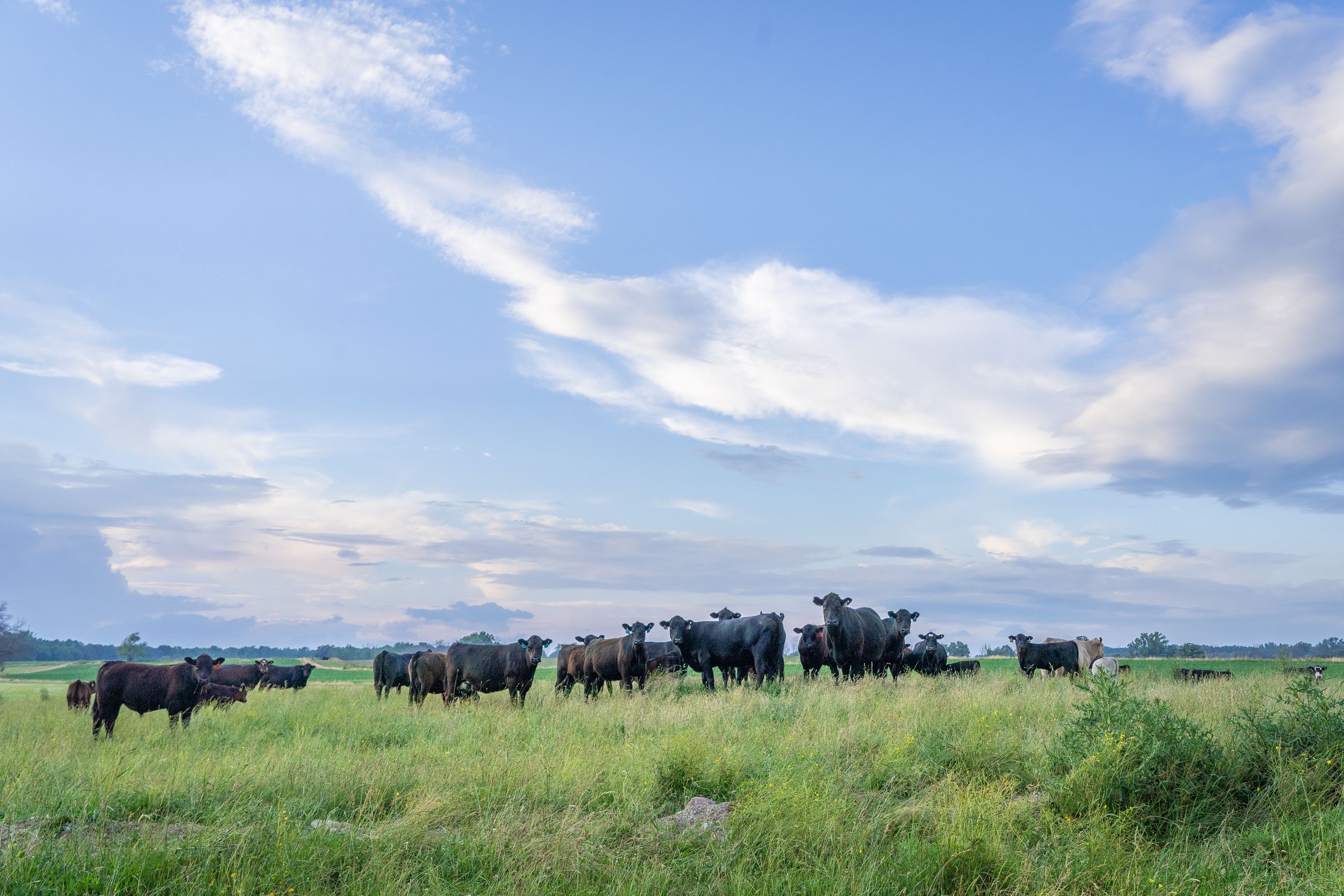Encourage Your Company: Bagley Risk Management Insights
Encourage Your Company: Bagley Risk Management Insights
Blog Article
Trick Elements to Think About When Finding Animals Danger Security (LRP) Insurance
When assessing alternatives for Animals Risk Defense (LRP) insurance, a number of crucial variables require mindful consideration to make certain reliable threat management in the agricultural market. Picking the best insurance coverage alternatives tailored to your certain animals procedure is paramount, as is recognizing how premium costs associate with the level of defense provided.
Insurance Coverage Options
When considering Livestock Risk Defense (LRP) insurance, it is essential to understand the different insurance coverage choices available to mitigate threats in the farming field. Livestock Threat Defense (LRP) insurance policy provides various protection options tailored to meet the varied requirements of animals manufacturers. Bagley Risk Management. Among the primary coverage options is price insurance coverage, which shields versus a decline in market costs. Manufacturers can select the insurance coverage degree that lines up with their price danger administration objectives, enabling them to secure their procedures against prospective economic losses.
Another vital protection alternative is the recommendation duration, which identifies the length of time the coverage is in impact. Manufacturers can pick the recommendation period that ideal suits their production cycle and market problems. Additionally, coverage degrees and prices differ based upon the kind of livestock being insured, offering producers the versatility to customize their insurance policy prepares according to their details demands.
Comprehending the various insurance coverage choices readily available under Livestock Risk Defense (LRP) insurance policy is vital for producers to make educated decisions that effectively shield their livestock operations from market uncertainties.
Costs Costs

Animals Danger Defense (LRP) insurance coverage provides essential protection choices customized to mitigate risks in the agricultural sector, with a significant element to consider being the computation and structure of premium expenses. These include the type and number of livestock being insured, the insurance coverage degree selected, the present market rates, historic price information, and the length of the coverage duration.
Insurance providers evaluate historic information on animals prices and production expenses to establish an ideal premium that mirrors the degree of danger included. It is important for animals producers to very carefully assess premium prices and insurance coverage options to guarantee they are properly shielded against prospective financial losses due to negative market problems or unforeseen events.
Eligible Livestock
The decision of eligible animals for Livestock Danger Protection (LRP) insurance protection entails mindful consideration of details criteria and features. Animals types that are commonly eligible for LRP insurance coverage consist of feeder livestock, fed livestock, lambs, and swine. These pets should fulfill certain certifications associated with weight arrays, age, and meant use. Furthermore, the qualification of animals might vary based on the particular insurance coverage copyright and the terms of the policy.
Feeder cattle, for instance, are typically eligible for LRP coverage if they drop within specified weight ranges. Fed livestock may additionally be qualified, but they need to satisfy specific weight and high quality grade needs. Swine eligible for protection normally include market weight pets intended for slaughter. Lambs are one more classification of animals that can be taken into consideration for LRP insurance coverage, with elements such as weight and age playing a critical duty in determining their qualification.
Before choosing LRP insurance coverage for animals, producers must meticulously review the eligibility standards laid out by see this the insurance policy service provider to ensure their pets fulfill the necessary demands for coverage.
Policy Flexibility
Policy adaptability in Livestock Threat Protection (LRP) insurance coverage permits manufacturers to customize protection to match their certain needs and risk monitoring techniques. This adaptability encourages animals producers to customize their insurance coverage policies based upon elements such as the kind of livestock they own, market problems, and specific danger resistance degrees. One essential element of policy flexibility in LRP insurance policy is the capability to select coverage degrees that align with the manufacturer's financial goals and take the chance of direct exposure. Producers can select insurance coverage degrees that shield them versus potential losses due to variations in livestock costs, ensuring they are effectively guaranteed without overpaying for unneeded coverage. Furthermore, LRP insurance policy provides versatility in policy period, allowing producers to pick protection periods that best fit their manufacturing cycles and advertising and marketing timelines. By providing adjustable choices, LRP insurance coverage makes it possible for manufacturers to successfully handle their danger exposure while protecting their livestock procedures against unanticipated market volatility.
Claims Process
Upon experiencing a loss or damage, manufacturers can initiate the insurance claims procedure for their Animals Danger Protection (LRP) insurance by quickly contacting their insurance policy company. It is vital for producers to report the loss asap to expedite the cases process. When getting to out to the insurance copyright, manufacturers will require to offer in-depth information about the occurrence, including the day, nature of the loss, and any relevant paperwork such as vet records or market value.

After the analysis is complete, go to these guys the insurance copyright will certainly choose regarding the case and communicate the outcome to the manufacturer. The manufacturer will certainly obtain settlement according to the terms of their Livestock Threat Protection (LRP) insurance coverage plan if the case is accepted. It is important for manufacturers to be acquainted with the cases procedure to guarantee a smooth experience in the event of a loss

Final Thought
To conclude, when selecting Animals Threat Security (LRP) insurance coverage, it is important to think about insurance coverage alternatives, premium expenses, qualified animals, plan flexibility, and the why not try here cases process. These key variables will assist ensure that breeders and farmers are sufficiently safeguarded against prospective threats and losses connected with their livestock procedures. Making an informed choice based upon these considerations can ultimately bring about much better economic protection and assurance for livestock producers.
Livestock Threat Protection (LRP) insurance policy supplies different coverage choices tailored to meet the varied demands of animals manufacturers.The decision of eligible livestock for Animals Threat Security (LRP) insurance policy protection entails cautious consideration of details criteria and features.Policy versatility in Animals Risk Security (LRP) insurance policy permits manufacturers to customize insurance coverage to suit their particular needs and take the chance of administration strategies.Upon experiencing a loss or damage, manufacturers can launch the claims procedure for their Livestock Threat Protection (LRP) insurance coverage by quickly contacting their insurance policy service provider.In conclusion, when selecting Livestock Risk Protection (LRP) insurance policy, it is essential to take into consideration insurance coverage options, premium expenses, qualified livestock, plan flexibility, and the claims procedure.
Report this page